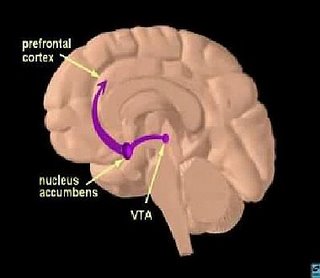Reaching Into The Brain With Electromagnetic Fingers
 I have been excited about the potential for electromagnetic treatments of the brain for almost two decades. Both electrical stimulation (CES) and magnetic stimulation (TMS) hold promise for treating depression and migraines--while TMS may eventually also treat Alzheimer's and help in stroke rehab. Neurofeedback is a third electronics-dependent modality of treatment that appears extremely promising.
I have been excited about the potential for electromagnetic treatments of the brain for almost two decades. Both electrical stimulation (CES) and magnetic stimulation (TMS) hold promise for treating depression and migraines--while TMS may eventually also treat Alzheimer's and help in stroke rehab. Neurofeedback is a third electronics-dependent modality of treatment that appears extremely promising. Here is some recent news about an improved TMS system from Brainsway Ltd.:
Here is some recent news about an improved TMS system from Brainsway Ltd.:Standard TMS coils are limited to activation of only cortical brain regions, up to a depth of about 1.5 cm. Hence when treating depression with a standard TMS system, the limbic system, which is related to mood regulation and is generally deeper than 1.5 cm, is only indirectly affected, through secondary processes involving cortical structures, which are directly activated by TMS and then affect the deeper limbic system structures.Source.
The unique technology of Brainsway Deep TMS System enables direct non-invasive activation of deep brain structures.
Deep TMS is a breakthrough in the search for a non-invasive approach for treating common brain disorders.
Here is some information about CES from GNIF Brain Blogger:
Researchers don’t fully understand mechanisms involved, but theorize that CES electrical current helps reestablish optimal brain chemistry and improves efficiency of neural connections. [10] One example of research supporting this theory involves electrical engineering simulations conducted by researchers at the University of Texas, Austin. Their brain mapping techniques suggested that minute amounts of current traveled to the brain’s thalamus, enough to enable release of neurotransmitters. [11] Other research conducted by North Dakota State University utilized EEG techniques to quantify changes during administration of CES versus sham treatment. The research showed frequency distribution shifts suggestive of beneficial changes. [12]Source.
Based on current and ongoing research, neuroscientist Dr. James Giordano postulates that CES microcurrent travels to the base of the brain (the brainstem), activating clusters of nerve cells which make the brain chemicals serotonin and acetylcholine. Serotonin is linked to relaxation [13] while acetylcholine is linked to body processes not under conscious control while at rest. [14] Released by nerve cells at the synapse, these neurotransmitters influence pathways within the brain and spinal cord that inhibit arousal and agitation. The resulting “fine tuning” helps the nervous system to restore homeostatic balance and possibly creates brain patterns known as alpha rhythms. Measurable via brain wave recordings (called EEG); scientists often associate alpha states with enhanced mental focus and relaxation. Neurological processes linked to alpha states seem to reduce stress, stabilize mood, and exert control over certain types of pain.
When I was in medical school, I was very impressed by neuropharmacology. Although I necessarily use neuropharmacology routinely on patients, I am always looking for effective non-pharmacological treatments. Perhaps I am hoping to find a profitable use for my electrical engineering training? Probably not. I simply don't like the potential drug side effects.
Labels: electromagnetic brain stimulators, mental illness, Pain

0 Comments:
Post a Comment
“During times of universal deceit, telling the truth becomes a revolutionary act” _George Orwell
<< Home